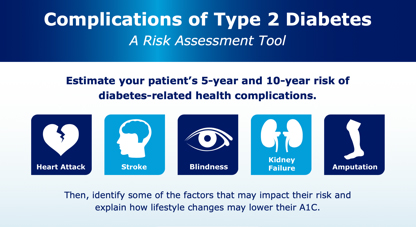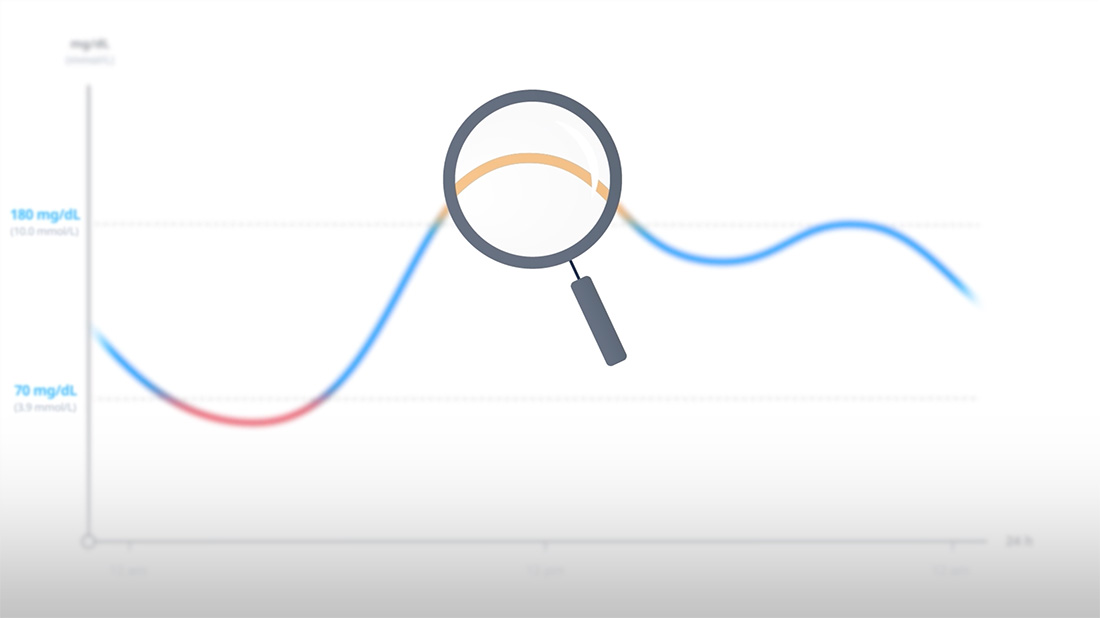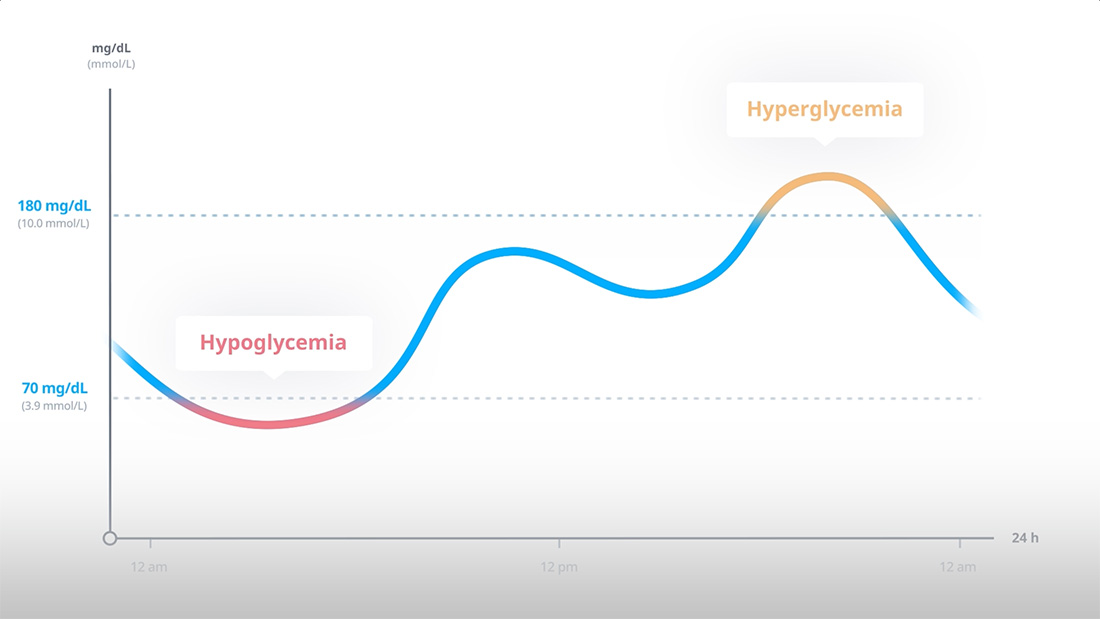Clinical education library
Browse our library of clinical education, offering insights into diabetes pathophysiology and treatment, practice management, and patient care. All are ready to watch, download, or share with your colleagues.
Filter

education
AACE Guidelines
See guidance on screening and diagnosis criteria, and approaches for treating patients with diabetes.

website
Diabetes Risk Assessment Tool
Estimate your patient’s 5-year and 10-year potential risk of diabetes-related health complications.

Exploring a Population Health Management (PHM) Approach: A Health System Perspective
In part 3 of 5, Dr. Bradley Eilerman discusses the steps to PHM implementation and its value.

education
Insurance coverage
Easily verify coverage, estimate costs, and submit prior authorizations with NovoCare®.

Exploring a Population Health Management (PHM) Approach: Approach of an ACO
In part 5 of 5, Dr Michael Sobolero shares how PHM has impacted diabetes management in his practice.

education
ADA Standards of Care
Full and abridged versions of the standards published by the American Diabetes Association (ADA) are now available.
18:45
The Burden of T2D
Join experts in type 2 diabetes (T2D): Dr John Anderson (primary care provider), Dr Susan Cornell (clinical pharmacist and certified diabetes care and education specialist) and Dr Doron Schneider (primary care provider) as we discuss the enormous physical, emotional, psychological and economic burden of T2D and its comorbidities on the US healthcare system and on our patients and what we, as clinicians need to do to ease this burden.
11:27
Beta-Cell Dysfunction: A Driver of T2D?
Join primary care experts in type 2 diabetes (T2D): Dr John Anderson, Dr Stephen Brunton and Dr James LaSalle as we discuss the beta-cell function and its critical role in T2D pathogenesis, what clinicians know or should know about it and how it is measured in the clinic, and how our current knowledge of beta-cell function in T2D may affect future research on T2D treatment.
15:29
The Role of Endogenous GLP-1
Join multidisciplinary experts in type 2 diabetes (T2D): Dr John Anderson, Dr Vivian Fonseca, and Dr Jim Gavin as they discuss the fascinating history of GLP-1 discovery and the role of endogenous GLP-1 in the pathophysiology of T2D.
9:15
Understanding the Role of Insufficient GLP-1 Activity in T2D
Join experts in type 2 diabetes (T2D): Dr John Anderson, Dr Javier Morales, and Dr Richard Pratley as they review the role of GLP-1 in glucose regulation, consider the impact of insufficient GLP-1 activity on pancreatic beta cells in patients with T2D, and discuss possibilities to overcome insufficient GLP-1 activity in patients with T2D.
23:13
Should We Be Thinking Differently About Type 2 Diabetes?
Join experts in type 2 diabetes (T2D): Dr John Anderson (primary care provider), Ms Lucia Novak (Nurse Practitioner), and Dr Joshua Stolker (cardiologist) as they talk about ways to think differently about type 2 diabetes and consider factors in addition to A1C such as comorbidities, recommendations on managing patients with T2D from national endocrinology and cardiology societies, and how the cardiology community can work with the diabetology community to provide the best care for patients with T2D.
15:53
T2D and Cardiovascular Disease
Join the conversation with experts Dr John Anderson (PCP), Dr Pam Taub (cardiologist), and Dr Mark Greathouse (cardiologist).

TIR HCP Educational Content: Patient Video Lasse
Video about Lasse, a patient with type 1 diabetes, explaining his experience with using Time in range.

TIR HCP Educational Content: What is Time in Range - Animated Explainer Video
Animation to explain what Time in Range is.

TIR HCP Educational Content: HbA1c and Time in Range - Animated Explainer Video
A video to explain why Time in Range matters and how it correlates to A1c.

TIR HCP Educational Content: Time in Range KOL Video of Dr Cheng
Interview with KOL Alice Cheng on Time in Range.

TIR HCP Educational Content: Time in Range KOL Video of Dr Bergenstal
Interview with Richard Bergenstal on Time in Range and the Ambulatory Glucose Profile.

The Indispensable Role of Pharmacists in T2D Care
Join episode host, Todd Eury, founder and CEO of the Pharmacy Podcast Network, as he discusses the indispensable role of pharmacists in T2D care with Diana Isaacs, PharmD, BCPS, BCACP, BC-ADM, CDCES, FADCES, FCCP and Rohit Moghe, PharmD, MSPH, CDCES. These pharmacist experts will share insights on why the role of pharmacists is so important in T2D care, including reviewing data on how pharmacist involvement improves measurable outcomes for patients with T2D. To raise awareness, they will also review T2D treatment recommendations from major medical societies.
This program is intended for clinicians. The information presented is aligned with the views and opinions of the speakers and is sponsored by Novo Nordisk. This podcast is not to be used as medical advice and is intended for educational purposes only.
This program is intended for clinicians. The information presented is aligned with the views and opinions of the speakers and is sponsored by Novo Nordisk. This podcast is not to be used as medical advice and is intended for educational purposes only.